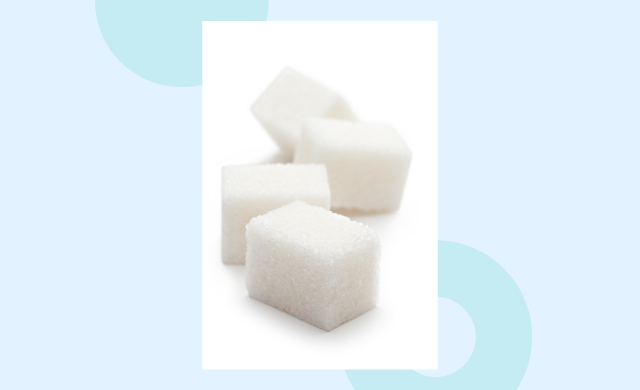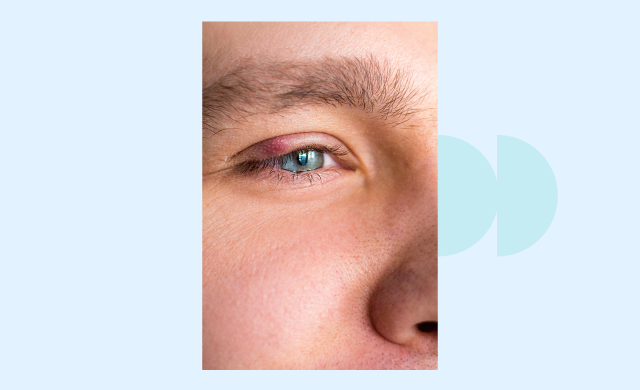You've probably heard of eye styes: these small bacterial infections that form at the base of the eyelashes can be very annoying and painful. They manifest as inflammation of the eyelid, redness and swelling. They are often caused by poor eye hygiene, oily skin or the use of poor quality make-up. Luckily, there are simple remedies to get rid of them. This article will tell you everything you need to know about styes: what causes them, how to treat them and what you can do to avoid them.
While the doctor uses the term hordeolum, this inflammation of the sebaceous and/or sweat glands of the eyelid is more commonly known as a stye. It can appear on the outside (hordeolum externum) as well as on the inside of the eyelid (hordeolum internum). Interestingly, styes often occur at the same time as diabetes mellitus, certain gastrointestinal diseases, and acne.
So what can be done to avoid them and, more importantly, what can be done to treat them?
Causes of styes


In the vast majority of cases, styes are caused by bacteria called staphylococci.
If they occur frequently, it may be due to a weakened immune system - for example, because of diabetes mellitus.
But if this is not the case and styes appear regularly, you need to take a closer look at the routes of infection.
During the day, your hands are in constant contact with many bacteria. If you rub your eyes or put in your contact lenses without washing your hands first, you run the risk of infecting your eyes.
Contact lenses that are not properly cared for and cleaned can also become a hotbed for bacteria and carry them into the eye. Similarly, make-up that is not free of pathogens can trigger an infection.
Depending on the type of infection: external or internal, it is more or less visible on the eye.
In case of an internal stye, the infection is located on the inside of the eyelid, and in case of an external stye, it will be on the side of the eyelashes. Around the infection, the skin swells slightly and some pus accumulates, which eventually drains out on its own. Once this has happened, the area should be cooled with ice.


The symptoms of a stye


The first step is to apply a disinfectant ointment to the affected area after consulting your doctor.
If the stye does not go away after this, you should consult your doctor again. Your doctor can either prescribe eye baths or compresses of camomile or fennel tea. If, despite all these treatments, the stye persists, an operation will be necessary to remove it.
How to treat a stye?
In any case, you should never try to remove it by yourself as the risk of spreading and encouraging other infections is too high.
To prevent infection in the future, you should :
-
Clean your hands thoroughly before rubbing your eyes and/or putting in your contact lenses.
-
Contact lenses should be cleaned regularly. This is not only important because of styes, but it is also important to ensure good hygiene of your lenses.
Tip: If you regularly "forget" to clean your lenses, it is best to opt for daily lenses that can be easily disposed of at the end of the day.
-
The same goes for your make-up and the tools that touch your face, it is essential to clean and change them regularly.





